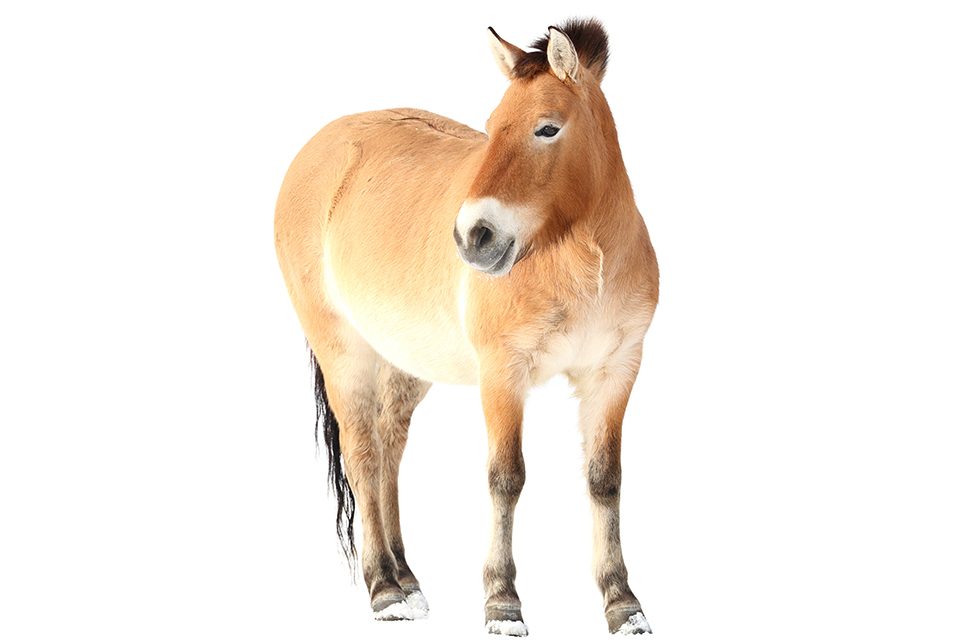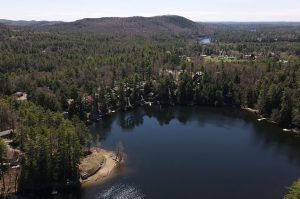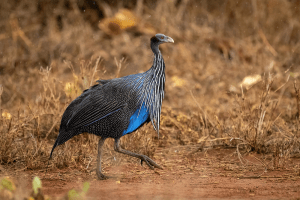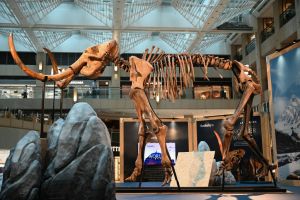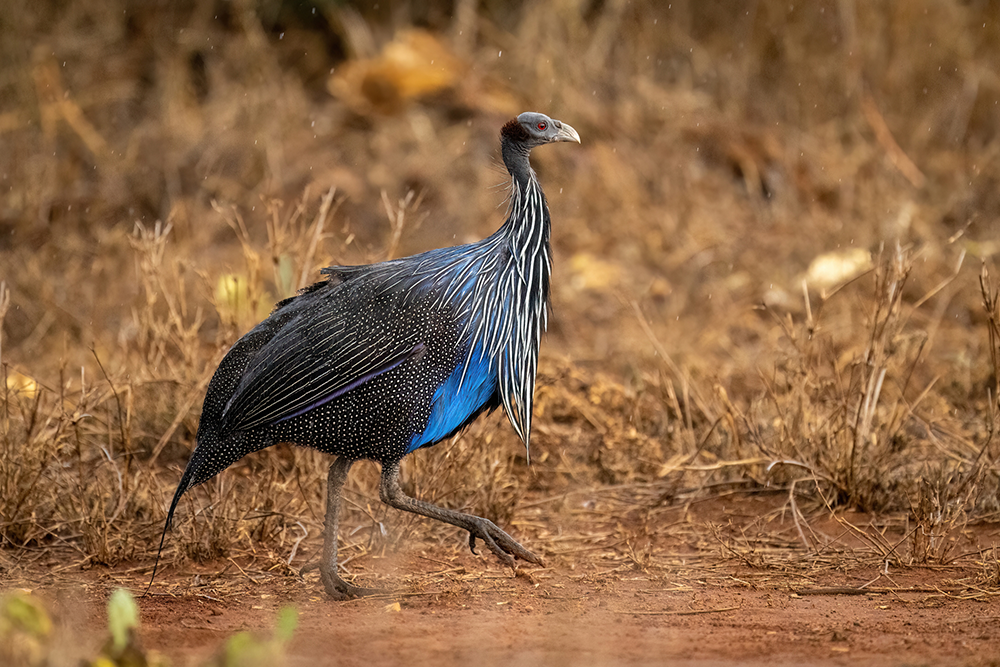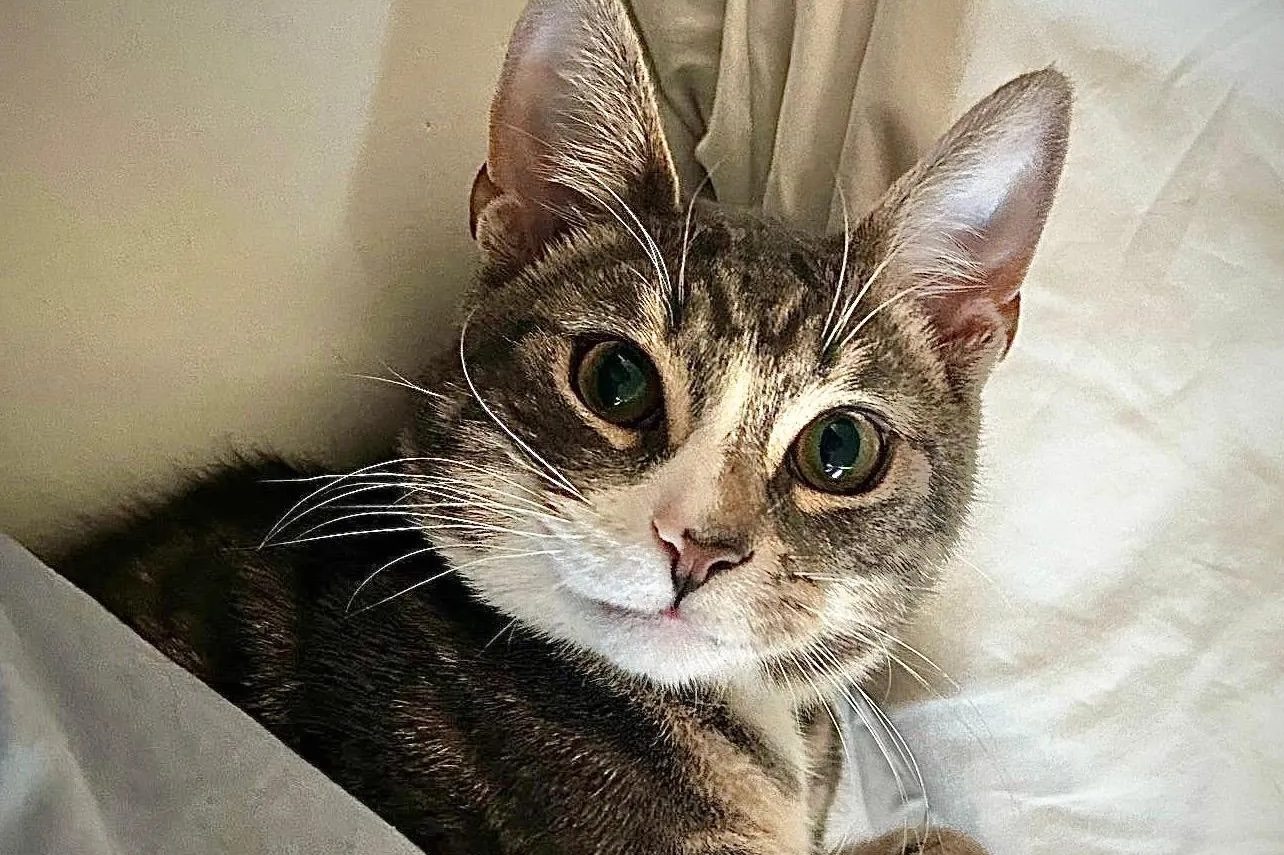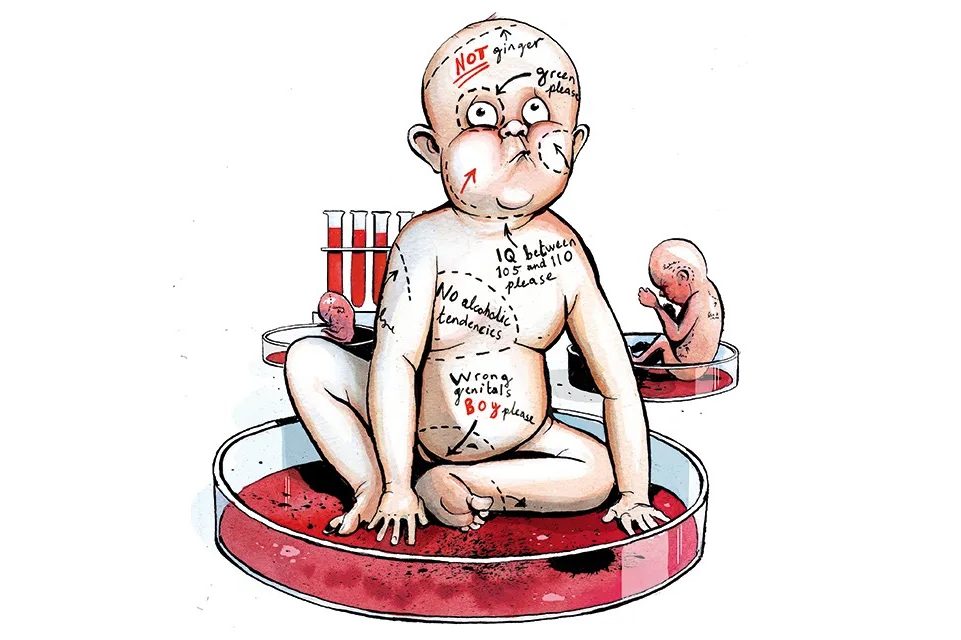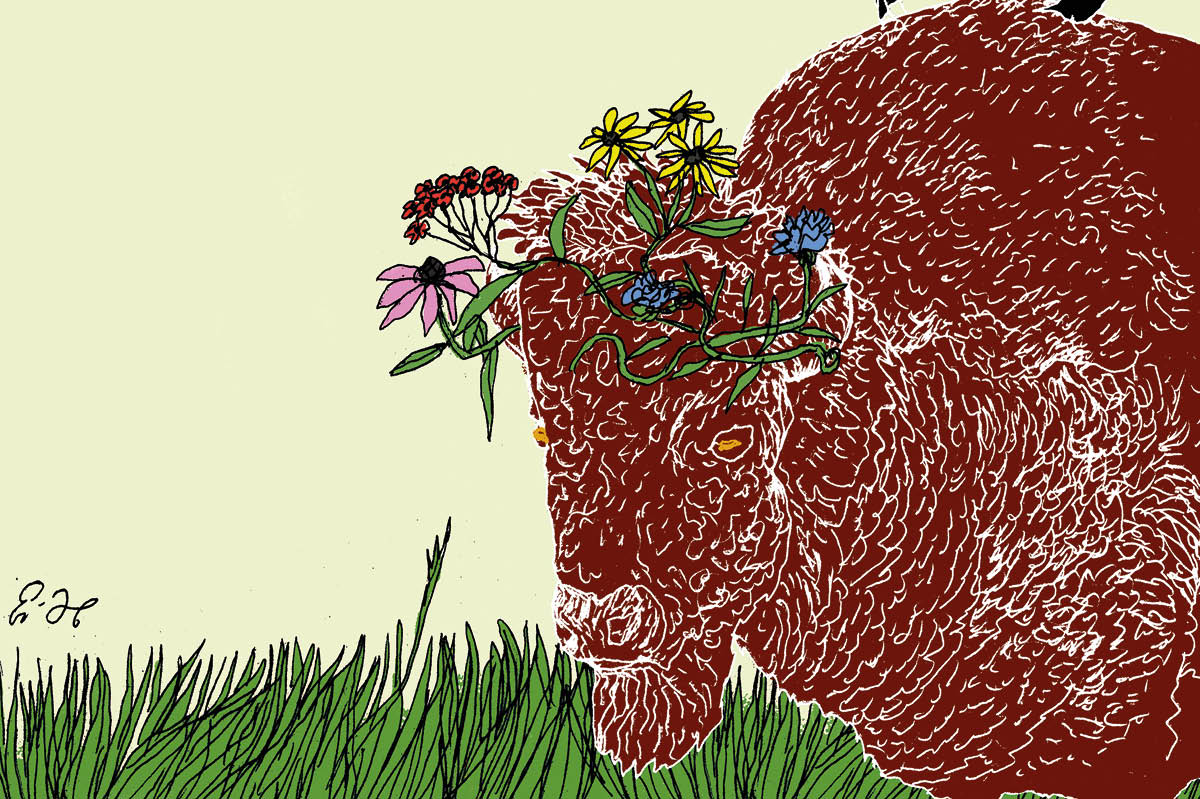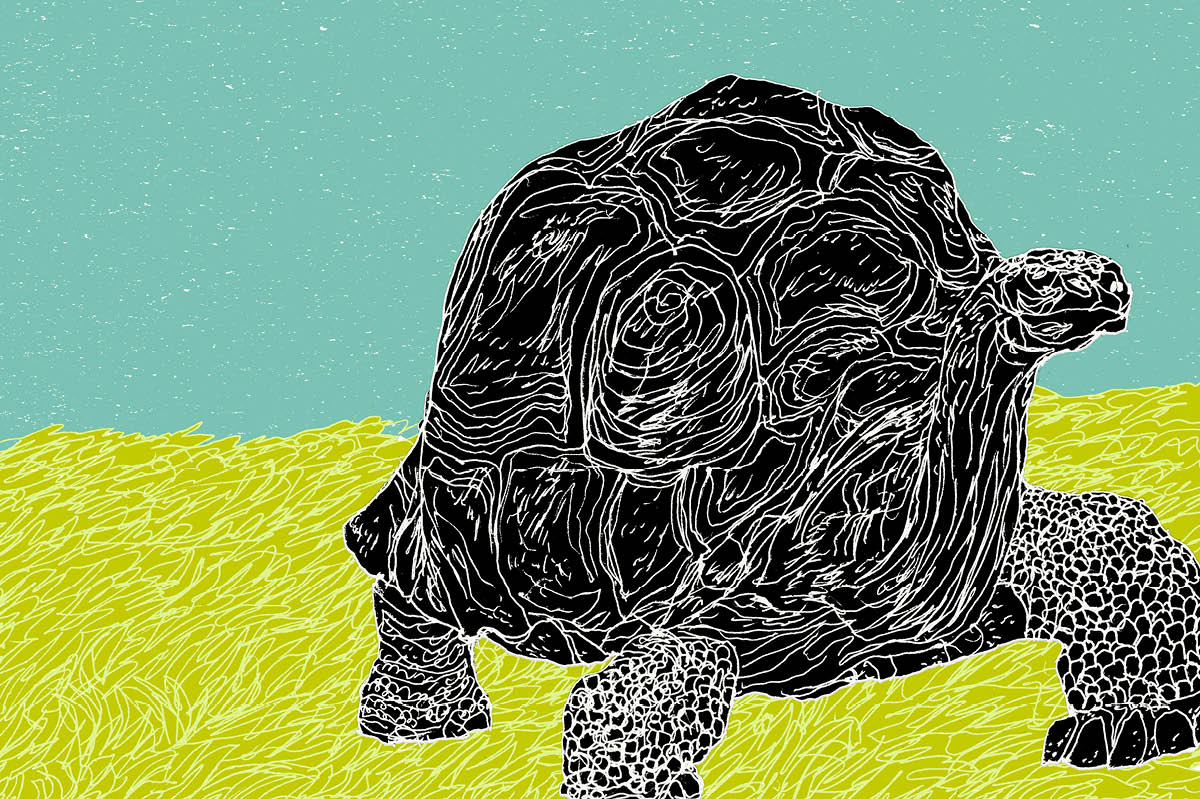This spring, San Diego Zoo’s Wildlife Alliance proudly announced the arrival of Trey, a newborn colt. Trey is a Przewalski’s horse — the last wild horse species on the planet, and one of the least pronounceable (say “zhuh-varl-skis” and you’ll be close). It was another small conservation victory. But Trey is particularly unusual, because this little pony is a clone.
Trey is genetically identical to Kuporovic, a stallion whose cells were cryonically preserved in 1980. He’s also a genetic twin of Kurt, the first ever cloned Przewalski’s horse, born in 2020. This is big news in the cloning world: until now, cloning has only produced one individual from an endangered species. Kurt was bred by the Wildlife Alliance, cloning firm ViaGen and Revive and Restore, a “genetic rescue” organization based in California which aims to reshape the conservation landscape with radically high-tech solutions.
One scientist described Trey’s birth as “an enormously hopeful, unprecedented step”: he will reintroduce genetic diversity to a shrinking species which has survived, barely, by inbreeding. But can this really be all it’s cracked up to be? Isn’t it too late for our battered ecosystems to start mucking around with cloning?
Przewalski’s horses (aka “P-horses”) are Mongolia’s sacred national animal. After tens of thousands of years roaming free across Eurasia, they found their former range limited, partly by good weather. After the last ice age ended, European steppes were replaced by forests less hospitable for grazing, and the horses retreated east.
A report by the Russian geographer and explorer Nikolai Przewalski introduced the horses to European science in 1881, noting their shyness, speed and sensitive noses. But habitat loss to farming, mining and harsh winters over the next few decades led to the species being declared extinct in the wild in 1969. After 160,000 years, Przewalski’s — still the only horse never domesticated by humans — became exclusively zoo-based.
By the 1950s, the breeding population had fallen to twelve. The remaining horses had to be bred up, but zoos didn’t exchange their animals often enough and stallions were mated with their own daughters or granddaughters. By the mid-1970s, after a catastrophic genetic bottleneck, a few hundred had been laboriously inbred, a pale imitation of their wild ancestors.
A studbook was established in 1977, plus a foundation advising on breeding to increase diversity. Then the next phase began — teaching the horses how to live independently in the wild. Slowly, Przewalski’s horses were released into reserves across Mongolia and Hungary. The zoo-born animals had low immunity and often died in the winters. Nevertheless, the species clambered from “extinct in the wild” to “critically endangered” in 2008, then to simply “endangered” in 2011. This double-downlisting was a huge victory for conservationists, as reintroduction doesn’t always go this well. Today, there are about 2,000 Przewalski’s horses, either in captivity or at reintroduction sites. But their genetic stock is still limited.
Cloning may come to the “genetic rescue”: the process imports genes from a distant population to buck up an inbred one. The problem is that with some species like the P-horse, there are no distant populations; except for the fact that as Beth Shapiro, a professor of ecology at UCSC and board member at Revive and Restore, puts it: “Forty years ago people had the brilliant idea to preserve these tissue samples in a way that meant the cells were still alive.”
Shapiro advocates cloning to boost diversity, but grants that cloning is simply part of an overall conservation package. John Ewen, a senior research fellow at the Zoological Society of London, is more circumspect. While he thinks it’s “potentially useful as a conservation tool, how much it’s actually going to be critical for preventing extinction of this species, I’m not sure.” Instead, “it’s habitat and potential environmental catastrophes and climate change that are going to be the critical determiners.”
Of the world’s “national animals,” 35 percent are threatened with extinction. So are thousands of less charismatic species: 12 percent of birds, 23 percent of mammals and a thumping 32 percent of amphibians. Wild species are going extinct at a thousand times the natural rate. How viable is cloning, then, considering the huge number of endangered species? Shapiro’s argument is that we must get freezing now in order to have options in the future.
The scientists who cloned Kurt and Trey have done something potentially very useful for the P-horse’s genetic stock. Ewen is cautiously welcoming about that — but then again, “genetics is just one element of it.” Another way to regain diversity is by breeding populations to a much bigger size so that such diversity returns naturally.
Even more hotly debated than cloning endangered species is the idea of resurrecting extinct ones. Another biotech outfit, Colossal, is keen on bringing back the woolly mammoth — in reality more an “Arctic-adapted elephant,” Shapiro explains. She disagrees with my suggestion that these efforts might soak up existing conservation budgets, limiting other species’ chances of survival. She’s very clear that “I’m not saying we should do these things instead of traditional conservation,” and observes that Colossal has just raised $225 million from biotech fans who never invested in conservation before.
Shapiro’s optimism is infectious, and she agrees that habitat conservation is vital too: “The goal is to help species alive today adapt to their changing habitats so they can stick around.” Bring on the next step: by gene-editing particular species, like the black-footed ferret or the American chestnut tree, we can make them tougher and more likely to survive — often so as to survive the problems or pestilences we introduced them to in the first place. It all sounds rather like the old lady who cloned a spider to catch a fly, but further intervention might be the best hope for the future. Perhaps many other endangered species — including the delicate, charming Przewalski’s horse, which has trotted right to the edge and looked over — might make their way along the narrow path back.
Andrew Hunter Murray’s novel The Sanctuary is out now. This article was originally published in The Spectator’s UK magazine. Subscribe to the World edition here.



